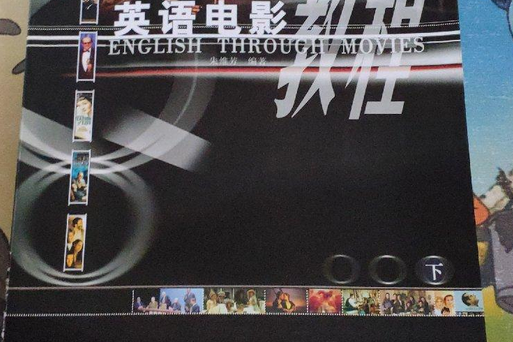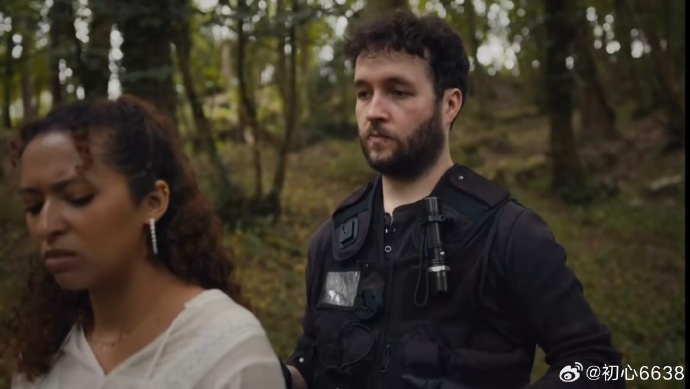Movie plot, in the context of discussing English expressions, is often abbreviated as MF. The term refers to the sequence of events that unfolds on screen during a movie, encompassing all the significant moments, twists, and turns that contribute to the film's narrative structure. This article will delve into the various aspects of movie plots and explore how they can be translated or described in English.

- Understanding the Basics of Movie Plot
- Idiomatic Phrases and Sentence Structures
- Common Plot Points and their Expression
- Challenges in Translating Movie Plots
A movie plot is the backbone of any film; it guides the audience through the emotions and experiences portrayed on screen. It's essential for filmmakers and viewers alike to understand and express this plot accurately.
Understanding the Basics of Movie Plot
The plot of a movie typically follows a linear progression from beginning to end, although some films may employ non-linear storytelling techniques. At its most basic level, a movie plot outlines the events and developments that lead to the story's resolution. These include:
- Setup: The introduction of characters and the world they live in
- Conflict: The problem or challenge the protagonist faces
- Rising Action: The escalation of the conflict leading up to a critical turning point
- Climax: The peak of tension where the main conflict reaches its highest intensity
- Falling Action: The de-escalation of conflict after the climax
- Resolution: The conclusion of the story and its resolution
Idiomatic Phrases and Sentence Structures
Describing movie plots involves not only accurate translation but also capturing the nuanced language used within different cultures. Here are some common idiomatic phrases and sentence structures used to describe movie plots:
- "The story unfurls like a scroll."
- "The plot thickens as..."
- "A twist in the tale leaves..."
- "The denouement brings closure with a satisfying conclusion."
- "The protagonist's journey is fraught with perilous challenges."
- "The反派's scheme comes to light at a crucial moment."
- "The final act leaves an impactful aftermath."
Common Plot Points and their Expression
Each movie has unique plot points, but there are universal elements that recur across genres. For instance:
- "Meeting the Enemy"
- (When) Harry met Sally... (at) the party (that) ended all relationships."
- (When) Romeo meets Juliet (on) a balcony, (it) sets the stage for their tragic love affair."
- "Turning Point"
- (After) receiving a letter, she decided to take matters into her own hands."
- (During) the storm at sea, (the) ship took on water, testing everyone's resilience."
- "Climactic Moment"
- (At the) final showdown, (he) emerged victorious, saving his loved ones from disaster."
- (As) time ran out, (she) made a daring rescue, risking her life for others."
- Lack of Idiomatic Expressions
- (In) some languages, there may be no direct equivalent for idiomatic expressions used in English to convey plot points.
- Cultural Nuances
- (The) cultural references and nuances that are integral to the plot may not translate accurately or may even be lost in translation.
- Plot Variations across Genres
- (Different) genres of movies follow different narrative structures, making accurate plot translation more complex.
- Character Development
- (Translators) must also consider how to convey the development and transformation of characters across the storyline.
- 高中思辨类作文(思辨作文)
- 作文素材初中记叙文(记叙文素材初中)
- 小学生廉洁作文(小学生廉洁主题作文)
- 2020年河北中考作文题目(2020河北中考作文题)
- 英语作文200字左右(英语作文短篇)
- 高中好的作文题目(高中优秀作文主题)
- 小学五年级作文即景
- 2018高考作文内容(2018高考作文主题)
- 2019中考作文范文10篇(2019中考作文精选10篇)
- 时间管理英语作文(时间管理英语作文)

Challenges in Translating Movie Plots
-
<
未经允许不得转载:» 电影剧情英语怎么说(电影剧情英语表达)

 家长点评网
家长点评网











